When the light went green on my first race, I dropped the clutch with too much throttle and popped an unintentional wheelie. Awesome, I thought. At least until my rider slid off the back of my Triumph Daytona 675. The rest of the racers sped on by while I lay unceremoniously on the ground. Welcome to TT Isle of Man – Ride on the Edge 2.
Lean into the learning curve
That’s a good summary of my first hour or two in TT Isle of Man – Ride on the Edge 2. It’s a motorcycle simulator focused around the Isle of Man Tourist Trophy races. It’s also my first motorcycle simulator. I’m no stranger to racing simulators, having played plenty of Assetto Corsa, iRacing, and DIRT Rally, and I even dabbled in autocross a few years ago with my WRX. However, I’m no expert on motorcycle handling, and because the Logitech G29 doesn’t work with the game, I used a PlayStation 4 controller instead.
TT Isle of Man 2 is difficult. And that’s okay. It’s a simulator, so the learning curve should be challenging. It also provides a career mode that allows you to enter easier races on a Supersport, in addition to multiple gameplay settings such as ABS, combined brakes, and a racing line. It’s nothing new for a racing simulator, but it’s also nice to have so you can slowly increase the challenge by disabling certain settings. Eventually, you’ll be entering more challenging races on Superbikes.
Let’s get physics-al
TT Isle of Man 2 introduced new gyroscopic physics to help improve the experience of the game, and it really shows. You can feel the center of gravity shift as you lean into a corner, and the sensation of successfully anticipating the necessary speed and angle of a corner and pulling off a high-speed turn is thrilling.
TT Isle of Man 2 gets its physics mostly right, although this is my first experience with motorbike handling in a racing sim. If you’re coming in from a car racing sim, be prepared for plenty of understeer without the ability to countersteer accordingly. In that regard, it’s even more important to memorize corners and lines. There isn’t anything you can do if you come in too fast and run wide, which makes TT Isle of Man 2 an unforgiving racing sim.
Career-ending crashes
The career mode itself is standard fare. You take part in races, either a timed trial or a mass start race, and try to amass enough wins or reputation to be invited to the TT Isle of Man Snaefell Mountain race. I didn’t make it my first year, but the wait is worth it. The Snaefell Mountain course is long and challenging, but it is also the most exciting course in the game. It’s equivalent to the Nurburgring in car racing sims, so make sure you have a good 30 minutes or more.
You will also crash. A lot. The Snaefell Mountain Course is a very dangerous course, with multiple fatalities almost every year during various races. TT Isle of Man 2 doesn’t glorify wrecks, but it does demonstrate the amount of skill necessary to navigate such a dangerous course. In fact, the first achievement I earned was for falling off my bike 50 times. I utilized the racing line for my first year in career mode in order to help learn the courses, then turned it off. And just like in any good racing sim, you’ll need to memorize each course down to every corner.
There is also an open-world track you can use to complete challenges and test out new equipment on your bike. It’s also an excellent place for practicing and learning how to take a corner. However, I found myself playing career mode much more than heading to the open-world map. The open-world challenges should provide some additional gameplay hours for completionists, though.
Pretty sunsets, ugly villages
The bikes themselves are the star of the show in TT Isle of Man 2. The bike models themselves are gorgeous. On the other hand, the environmental graphics are a mixed bag. Like most racing games, the environmental graphics aren’t that great, but some parts of TT Isle of Man 2 really stick out. For example, when you’re taking tight turns in a quaint Irish village, you can’t help noticing all of the boxy, low-texture buildings. It contrasts with driving down the Irish coast at full speed, everything a blur, and a beautiful sunset over the ocean nearby.
Not-so-total immersion
I played mostly in a first-person view. You even have the option of driving with a helmet obscuring some of your vision, which I found to be the most fun way to play. However, the sound design itself seems to fall short of achieving a total sense of immersion. The best racing games achieve a strong sense of immersion for the player through a mix of physics and sound design.
In DIRT Rally, you can hear your tires spinning and kicking up gravel into the undercarriage, and the physics helps you feel every shake and slide and even the location of your tires. In Isle of Man 2, the only moments where I felt like I really was on a Superbike were on straightaways when the sound of the wind and engine dominate everything else.
That’s because TT Isle of Man 2 doesn’t have the sound design. In the corners and shorter straights, I found the other sounds to be lackluster. Even if I turn off ABS and only apply the rear brake at high speeds, there isn’t a tire screech to be found. The collision effects are also subpar. If I screw up and slam into the side of a building at 150 kph, it sounds like someone dropped a toaster on the kitchen floor. In TT Isle of Man 2‘s defense, the game isn’t designed around wrecking, but it happens a lot and the poor sound design detracts from the sense of danger that the player should feel in such a race.
Ultimately, TT Isle of Man – Ride on the Edge 2 provides an unforgiving and sometimes thrilling experience, and the driving physics make for a great racing sim. However, the sound design and graphics really detract from the immersion that is important in a simulation. All in all though, it’s a good choice for someone itching for a motorbike racing sim.

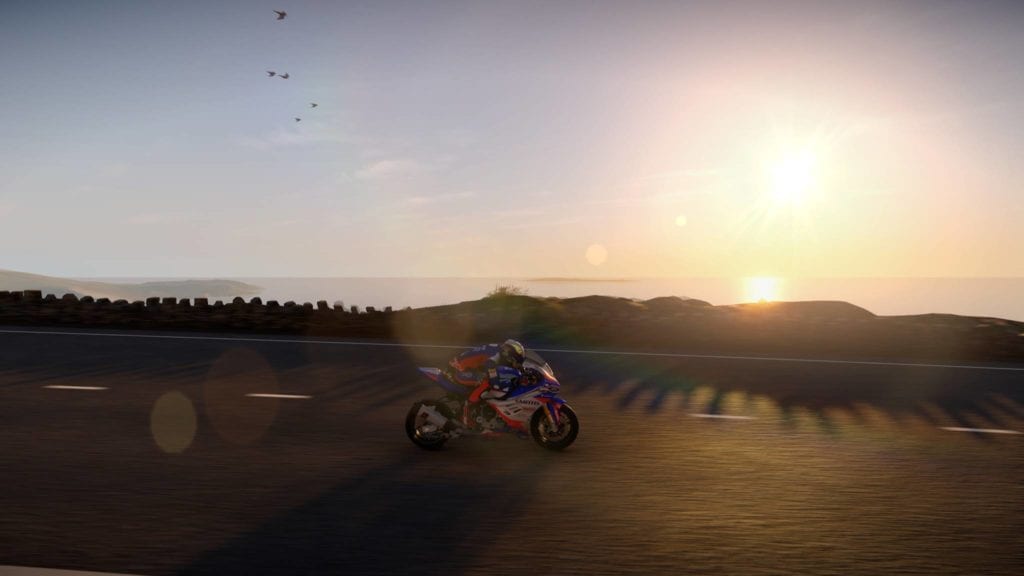
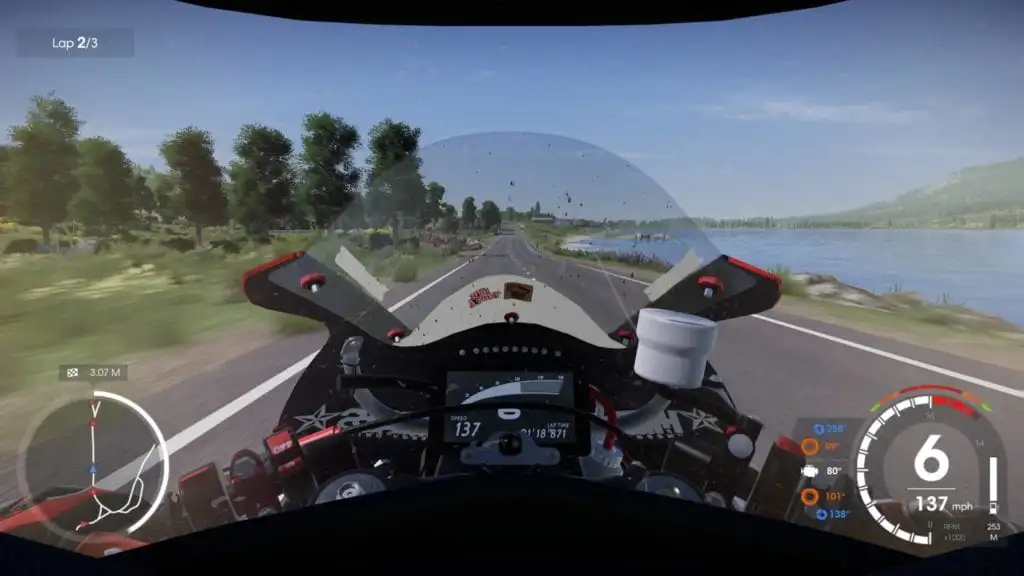
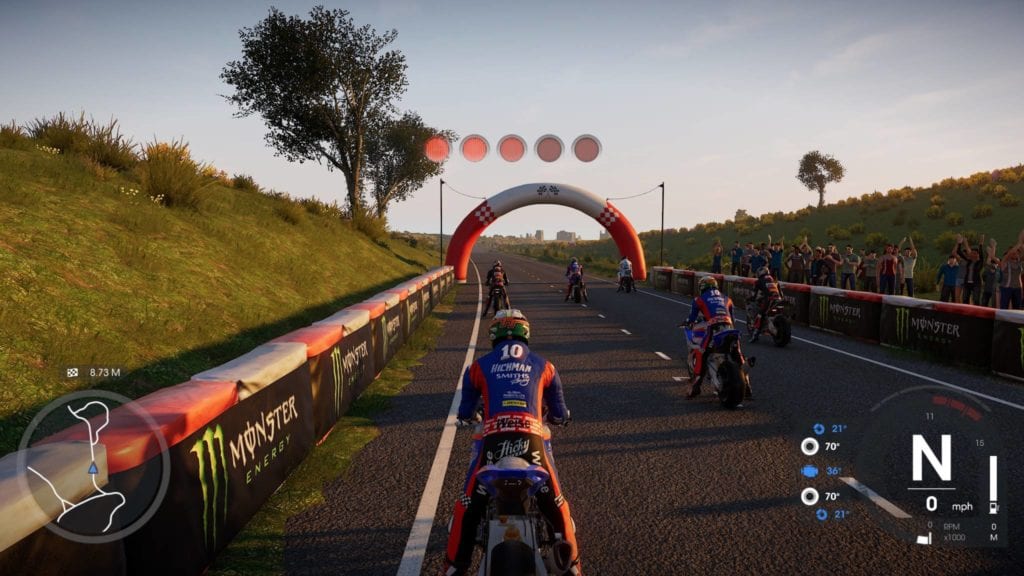
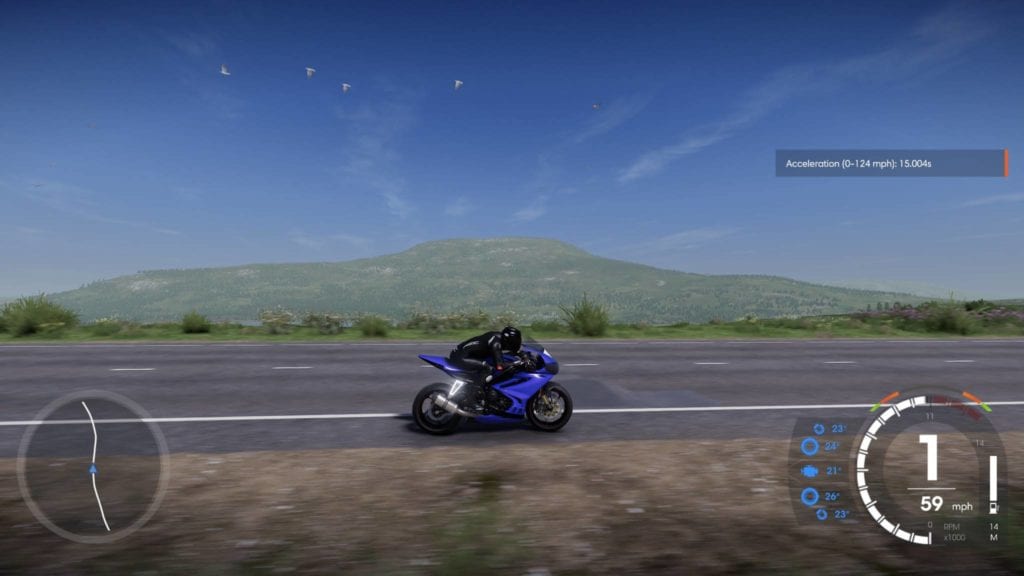
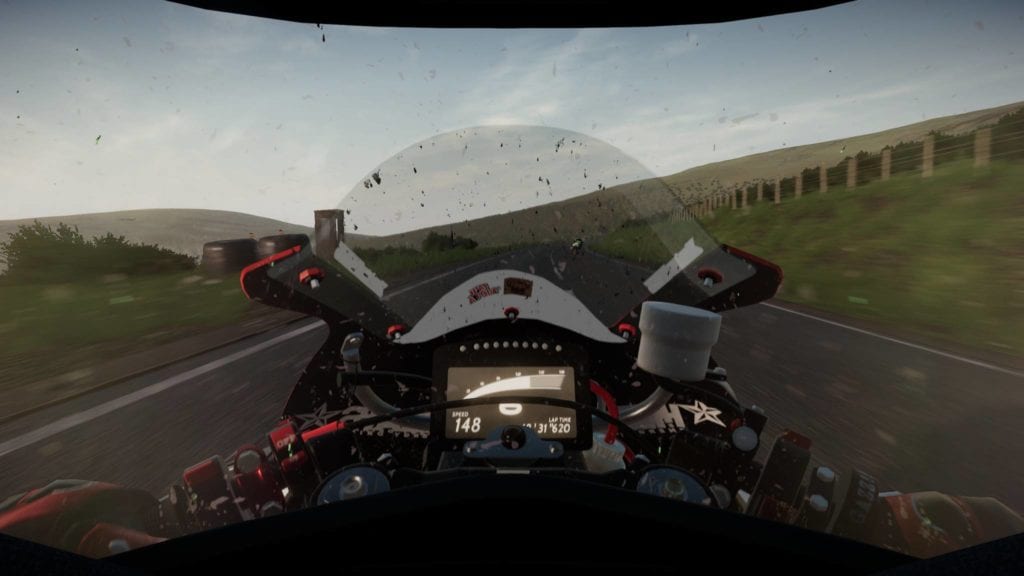





Published: Mar 17, 2020 06:00 pm